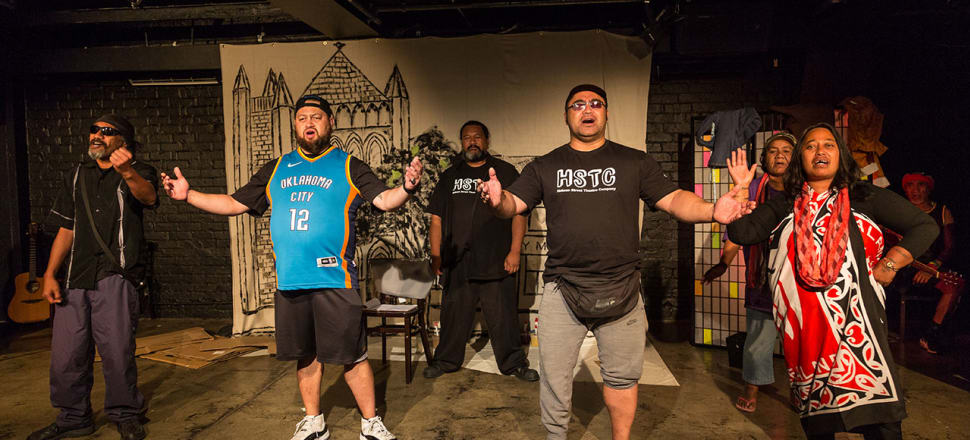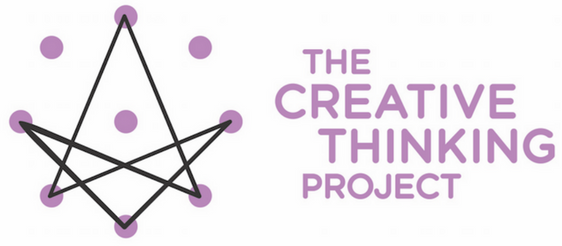I imagine like many middle class, older Aucklanders, I’ve felt confronted and uncomfortable walking amid the large numbers of homeless who now live and sleep on our streets.
I’ve been left wondering how the New Zealand I grew up in turned into this place, with such ugly extremes of wealth. I have trained myself to walk past, to not notice the misery, to avoid entangling in conversation. Head down, avoiding as much as possible, heading to the sanctuary of my comfortable life.
 I might wonder how we ended up here, so many people lost and forgotten in this most beautiful of cities. But the answer is clear. It’s been deliberate government policies for over a generation that have resulted in this diminishing of people. It hasn’t happened by accident.
I might wonder how we ended up here, so many people lost and forgotten in this most beautiful of cities. But the answer is clear. It’s been deliberate government policies for over a generation that have resulted in this diminishing of people. It hasn’t happened by accident.
Over three months I directed a play with the Hobson Street Theatre Company, New Zealand’s only theatre company made up of people who are, or have been, homeless. To a person, this group would not buy into my argument above about government policy. For them, they accept personal responsibility for the decisions that led to their living on the streets. Yet, in the three months of making a play together, they taught me a great deal about the city in which we live and the potential of the arts to shift and change it.
Our show, That’s What Friends Are For, played for five nights at the Basement Theatre and then at BATS Theatre in Wellington. We advertised it as an experiment. The experiment was to see if it was possible for our cast to make friends with the audience in just one hour.
The cast's rich bank of stories
That is no easy job at the best of times. However, we thought it was possible as ‘’streeties" know a great deal about friendship. To survive the brutality of the street you need to learn fast how to make a friend, to make street brothers and sisters, who become whanau. The street family becomes a bulwark against the indifference, the hostility of the city. You also learn how to be a friend yourself, to offer support, for example, to show where the safe places to sleep are. We used the cast’s rich bank of stories of their friendships to devise the play. I was struck at the wisdom, the intelligence and insight our cast had.
We worked out that one way of making friends with our audience was to create a space where we might work together on something positive, in this case the actual making of the play. So our show was billed as ‘interactive’, a word to chill the most hardened theatre-goer.
There is little positive interaction between those who live on the street and the communities they live among. We wondered if we worked together on something, if we had a common purpose we might, even in a short time, begin to see each other differently.
When the barriers melt
A member of our audience approached me after the first show. A recent Aucklander from Korea, she said that when the large Māori man’s hands reached for hers and led her to the back of the stage and together they painted our backdrop of the old City Mission, something inside her melted away. The boundaries, the barriers she had put in place no longer made sense, she said. She was simply with another human being, painting. She told of how liberating those moments were. She spoke of how important it was to make something beautiful with someone she initially feared.
In our play we sang together, songs of redemption, of hope. The Auckland Street Choir helped us with that. We laughed a lot. We didn’t tell stories of the street but rather of the importance of human connection. And I understood again the power of the arts to change a city. We brutalise who we are, build the walls that separate ourselves from those in need because dehumanising is a coping strategy for facing the ugliness of poverty and despair. The arts however, remind us of our core humanity. When you sing with someone, search for a way to breathe in harmony, the ugliness of the present is replaced with the promise of something beautiful. The great power of the arts is that in creating beauty it shakes us into seeing ourselves and our world differently. Perhaps our policy makers might rethink our homeless people not as a problem, but as a possibility.
Plays exist only in the memories of those who witnessed them. In my memory I can reimagine the extended hands, the laughter, the joy of connection. I can glimpse an Auckland that embraces our most needy, rather than blaming and shaming them; I can hope I might act differently as I make my way in and through the crowds on Queen Street. And that’s what the arts are for.
Peter O’Connor is Professor of Education at the University of Auckland and a member of the Te Ora Auaha working group.








